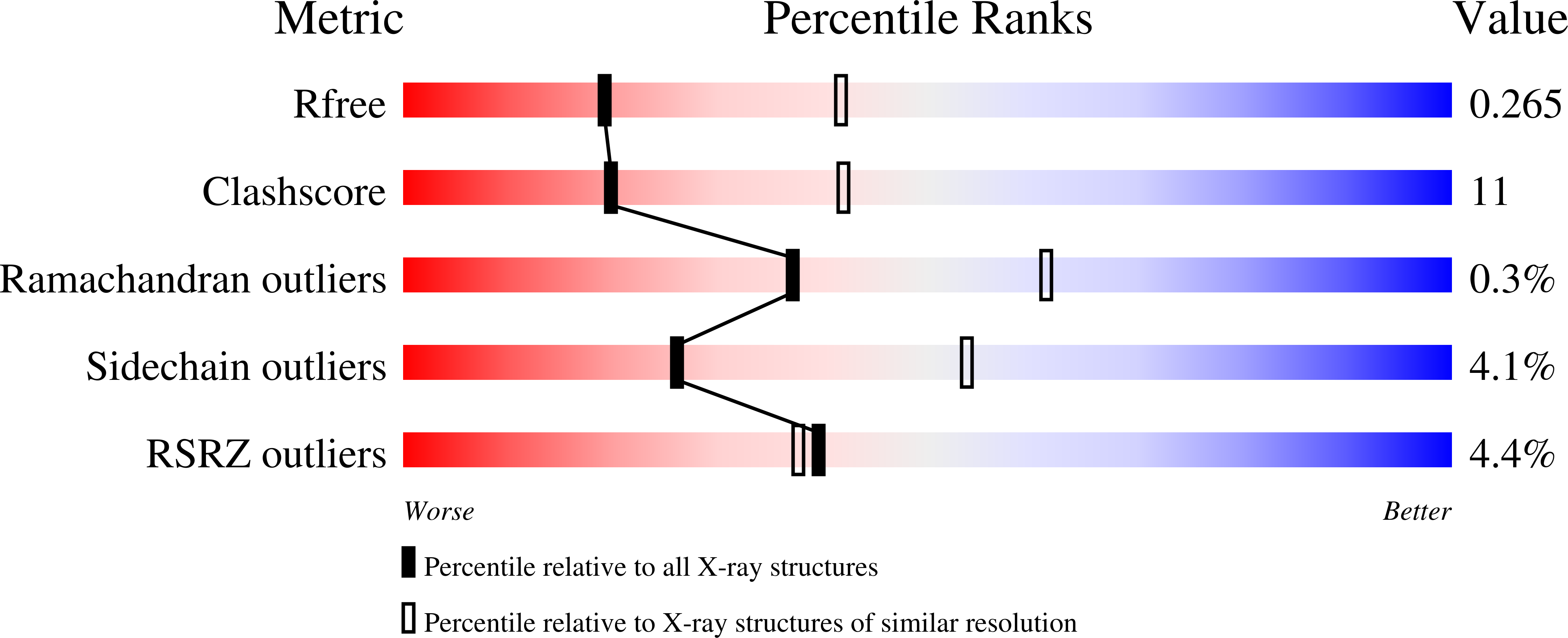
Deposition Date
2024-09-04
Release Date
2025-01-29
Last Version Date
2025-01-29
Entry Detail
PDB ID:
9GO2
Keywords:
Title:
C1C2 Channelrhodopsin - SMX Light activated structure
Biological Source:
Source Organism:
Chlamydomonas reinhardtii (Taxon ID: 3055)
Host Organism:
Method Details:
Experimental Method:
Resolution:
2.70 Å
R-Value Free:
0.26
R-Value Work:
0.23
R-Value Observed:
0.23
Space Group:
C 2 2 21


